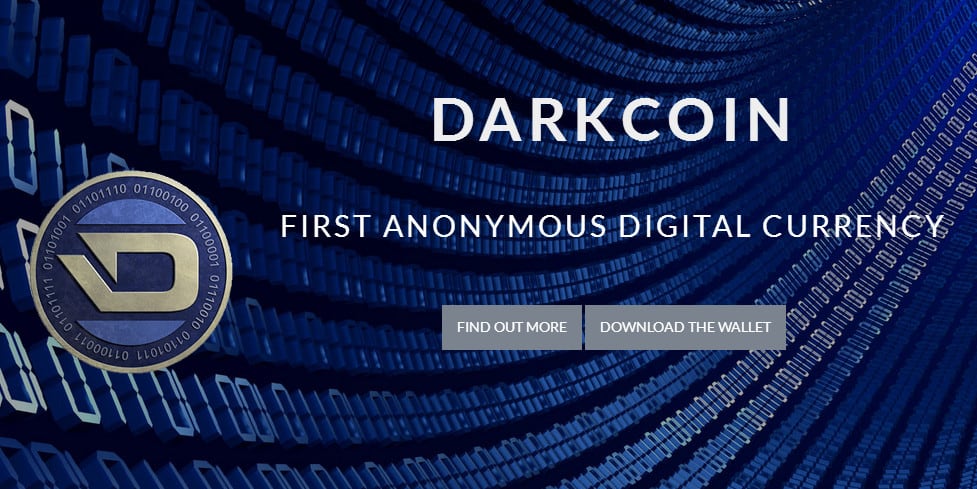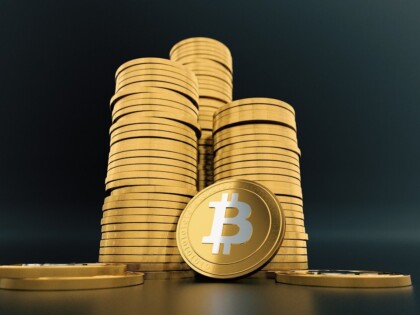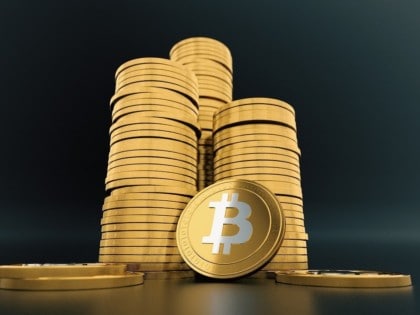
Darkcoin, the privacy centric altcoin, has been growing rapdily in price, attracting the attention of media and investors. What has caused this sudden increase, and when will the bubble pop? What sets Darkcoin apart from other altcoins?
Darkcoin is the most well known of the new generation of altcoins that are focused on privacy, and protection of identity. Interested readers should also look at the following coins: LibertyCoin, ZeroCoin, Anoncoin, and Zerocash.
Privacy centric coins have become an issue because of the open and traceable nature of the Bitcoin blockchain. Mainsteam media (MSM) will make the claim that Bitcoin is a shadowy currency used by criminals because it can’t be traced. Sadly, this shows MSM’s ignorance on the subject, because once an individual’s Bitcoin wallet address is known, all of the transactions with that wallet can be read from the block chain. Furthermore, taint analysis can help detect additional wallets that an individual may be using.
This is generally a good thing, especially when one considers that Bitcoin was created in reaction to the 2009 banking crisis where it would have been useful to have had financial records of banks and investment firms on public record in real time.
The other side to this story, however, is for activists and dissidents who are having their freedom, or even their lives, put on the line for the sake of exercising their freedom of speech (yes, this should be a universal right under any type of government).
With this in mind, bitcoin mixing services have been created as a means of scrambling transactions so that it is impossible to determine how funds have been routed through the block chain.
As an alternative to this extra step, others have sought to create a digital currency with this facility built in. In the case of Darkcoin, it has what is called “Darksend“, which the Darkcoin project describes as:
“The innovation is in the mixing of inputs and outputs going through the DarkSend system. A user’s payment is automatically split into smaller demoninations and pooled with the split-up payments of other users. Receivers of payments draw these demoninations automatically from the pools until they have received the correct amount. Anyone viewing the blockchain will see payments being made but they won’t be able to see who paid who.”
The core of DarkSend is being launched today, in the form of “Master Nodes“. In general, cryptocurrency nodes are wallet programs that keep a full local copy of the block chain and help to relay transactions across the network. In the case of Darkcoin, Master Nodes will provide the mixing service that will set Darkcoin apart from other altcoins.
To become a Master Node, one needs to have exactly 1000 DRK in a wallet application that will serve as a node. The Darkcoin developers have been explicit that it must to be expensive to be a Master Node. Unlike regular coin nodes, Master Nodes operators will receive a 10% share of mining payments. This then makes Darkcoin not only a “Proof of work” currency, but also what has been dubbed as a “proof of service” currency.
The implementation of Master Nodes on the Darkcoin network requires a hard fork of the block chain and that is happening today (25th of May 2014).
Additionally, a decision was made to reduce the number of coins from 84 million to 22 million – suddenly increasing the rarity, and thus perceived value, of the coin.
In light of these events, the price of Darkcoin over the past week has shown remarkable growth. It peaked at $13 USD per coin, exceeding that of Litecoin (although Litecoin has a much greater market cap by virtue of the amount in circulation). See a comparison of the performance of Darkcoin vs bitcoin vs Litecoin taken from Coinmarketcap, below.
At the time of writing, the price has dropped to the $11-$12 range, but may well yet come back up once the hard fork has been seen to be successful.
Disclosure, the author has recently invested in Darkcoin. This article does not constitute financial advice in any way.







